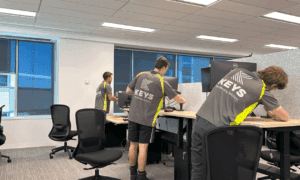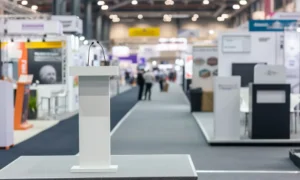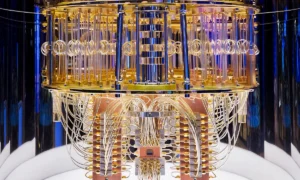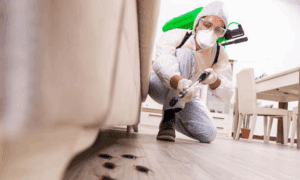Sustainability is no longer just a buzzword. It’s a necessity in commercial construction. More clients are seeking eco-friendly solutions that reduce environmental impact while increasing long-term efficiency. Green building trends are influencing how structures are designed, built, and maintained, with a greater focus on energy use, materials, and waste. Developers and contractors are adapting their methods not only to meet regulations but to align with a growing demand for healthier, more responsible buildings. This shift is all about building smarter and preparing for a future where environmental responsibility is a key part of doing business.
Energy Efficiency Starts with Design
One of the most important aspects of green construction is cutting energy consumption through thoughtful design. That begins with basics like building orientation and insulation, and continues with energy-efficient systems such as LED lighting, high-performance HVAC, and smart energy controls. Solar panels and geothermal systems are also showing up more often in commercial builds. These solutions reduce operating costs and shrink the building’s carbon footprint over time. Architects and engineers are now working together earlier in the process to make sure energy-saving elements are built in from the start, not treated as optional upgrades
Smarter Material Choices
Choosing the right materials plays a huge role in sustainable construction. More contractors are using recycled metals, reclaimed wood, low-VOC paints, and insulation made from natural or renewable resources. Sourcing materials locally is also on the rise to cut down on shipping emissions. In some cases, safety compliance consultants are brought in to help gather the required documentation for programs like LEED or BREEAM, making sure that all environmental standards are met without unnecessary delays. These experts help bridge the gap between good building practices and official certifications.
Reducing Waste on the Job Site
Today’s construction projects are taking waste reduction seriously. Instead of tossing leftover materials, many contractors repurpose them on-site or make sure they’re properly sorted for recycling. Some buildings are even being designed with future disassembly in mind, so materials can be reused instead of demolished. Prefabrication also helps reduce waste by producing exact pieces off-site. These efforts aren’t just better for the environment. They often save money, especially on large commercial jobs where waste can pile up fast. Planning ahead makes the whole process smoother and more efficient.
Healthier Indoor Environments
Green construction is also about creating healthier spaces for people. That means using non-toxic materials, improving airflow, bringing in more natural light, and managing indoor temperatures more effectively. This approach benefits everyone, from office workers and healthcare staff to shoppers and hotel guests. Building for occupant well-being isn’t separate from building sustainably. It’s a big part of it. These design choices can boost morale, improve productivity, and even cut down on sick days. For developers, that means long-term value and happier tenants or clients once the building is in use.
Tech Tools That Make It All Work
Sustainability doesn’t stop when construction ends. Many commercial buildings now include smart systems that track energy use, water consumption, and indoor air quality in real time. This data helps managers keep buildings running efficiently and spot issues before they become problems. Building information modeling (BIM) is also helping teams analyze energy performance during the design phase, well before ground is broken. With these tools, sustainability becomes a continuous process, not just a milestone. The best buildings today are built to learn, adapt, and perform better year after year.



































